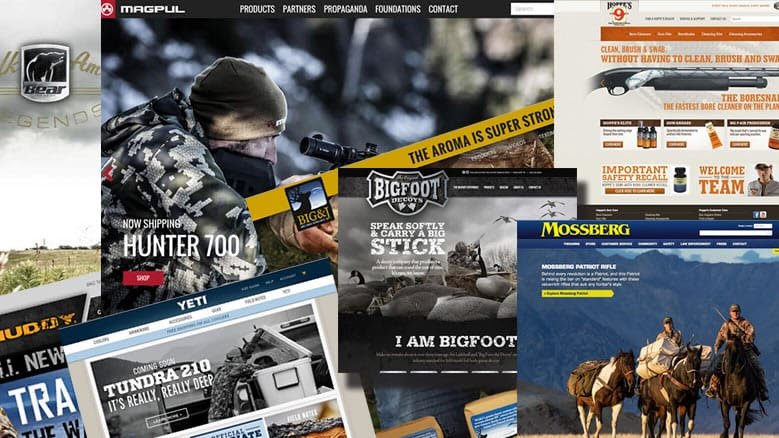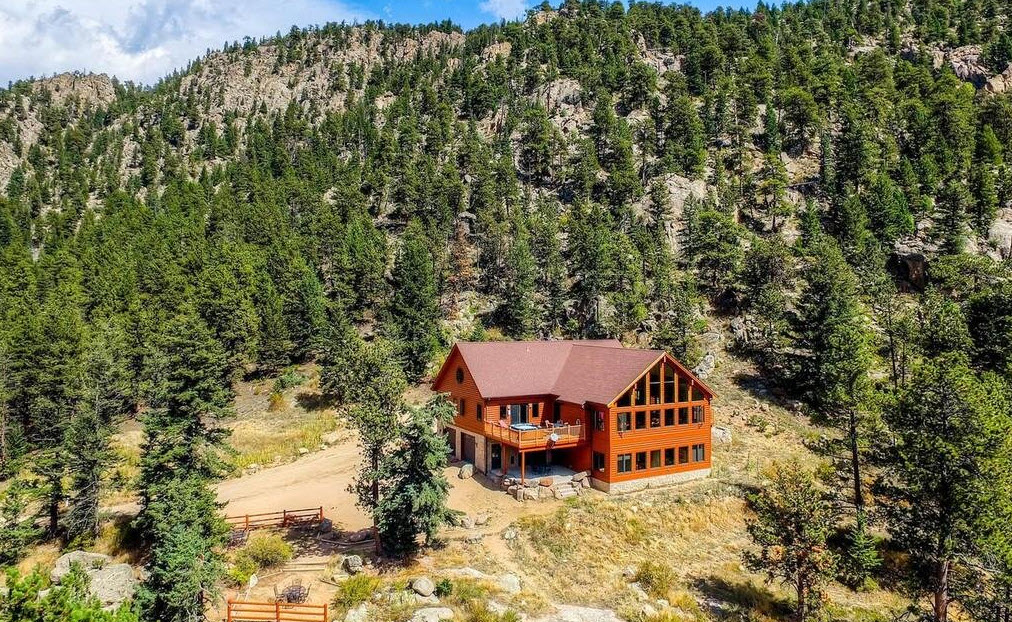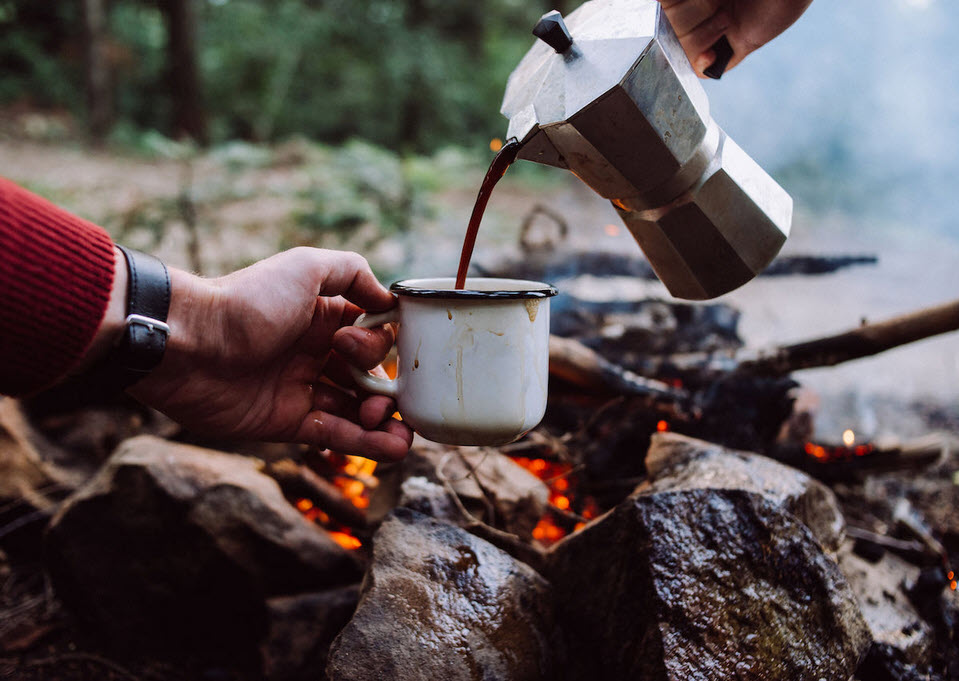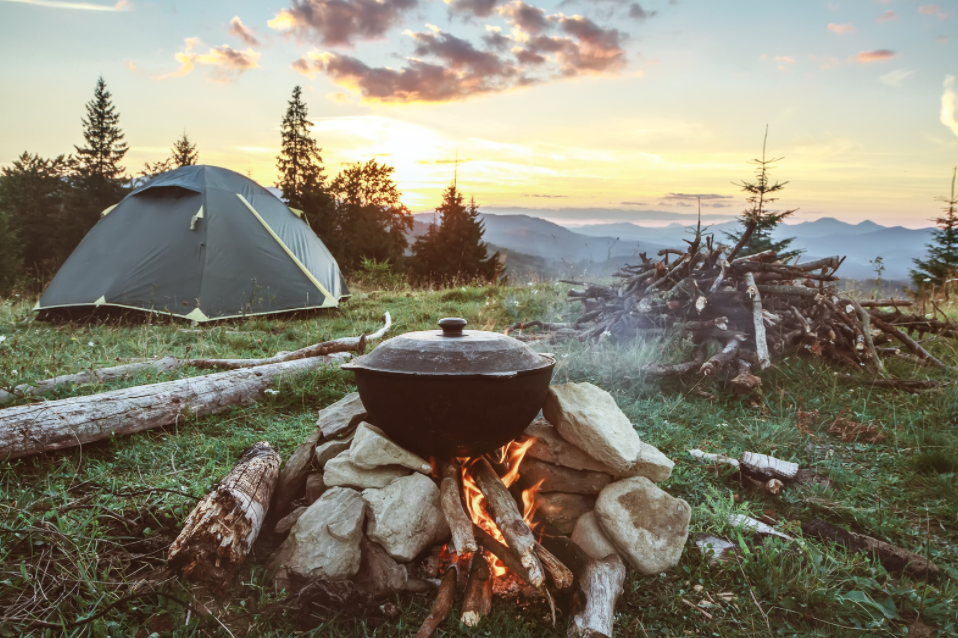
Camping during the winter is vastly more different from camping in the summer. From the cooler temperatures to the abundance of snow and ice, you’ll want to pack gear that keeps you warm and allows you to stay safe.
Everyone should have a winter camping list of essentials, though. Even if you don’t plan on going deep into the woods, being caught in a blizzard without the proper gear can be dangerous and even deadly.
Here are essential items for winter camping:
Page Contents
1) Snow Saw
Heavy snowfall can sometimes make it tough to cut down firewood using regular tools. To account for this, consider bringing a snow saw with you on your camping trip. This will allow campers to quickly cut through the snow to make easier access to dead logs or branches which they can use for their fires.
To use a snow saw, hold it at a 45-degree angle with the teeth pointing downwards. Make sure that you’re using your entire body when swinging down on the log; this will give you more leverage and keep you at a safe distance.
2) Winter Clothing
Camping in the winter can be dangerous if you’re not wearing the proper attire. Not only should you dress appropriately for the weather, but it’s also important to make sure that you’re dressing in layers. If you’re planning to hike up a frost-covered mountain, then you’ll need these layers to stay cozy and warm despite the dropping temperatures.
In terms of specific articles of clothing, it’s ideal to bring the following during your next trip:
- A winter hat
- Ski goggles
- Scarfs and mittens
- Midweight base layers
- Waterproof jacket and pants
- Fleece pants
- A puffy coat
- Extra socks
Of course, your mileage may vary. Depending on how long your trip will take and the temperature you’ll be exposed to, you may need different layers of winter wear.
For instance, you might find that bringing a puffy coat and pants is enough for your trip if you’re planning to return home the next day.

3) Cooking Gear & Fire Starter
While granola and pre-packed meals are convenient snacks, you’ll need nutrition from cooked meals. And, the most convenient way to cook food outside is by using camping stoves or heat-resistant grills.
If you’re bringing along a stove, then you’ll need to make sure that it can stand up to the freezing temperatures and also be lightweight enough for you to carry around. Many experienced mountaineers opt for gas stoves over electric stoves; gas is easier to transport than electricity.
But bringing a stove is not the only way you can cook your food. If time isn’t on your side, then consider bringing along fire starters so that you can start up a fire in the dead of winter without hassle or issues. This way, you can enjoy a hearty meal in the snow.
3) Ice Picks
Many areas in the woods can be covered in ice and navigating them can become a challenge. With an ice pick, hikers can safely cross over icy areas without having to worry about slipping and falling.
Ice picks are usually between 12 inches and 18 inches long, giving you plenty of leverage when crossing a sheet of ice. They can also be used to pick out snow from underneath boots or your equipment.
4) Crampons
Crampons are small spikes that can be attached to your boots or winter camping gear. They provide you with better traction when hiking across snowy landscapes, meaning that you won’t have to worry about slipping and falling when crossing a slippery area in the woods.
Attach these accessories to your boots, and you’ll find it much easier and safer to travel through wintery areas. However, do remember that crampons are mainly for use on ice; if there’s no snowfall, don’t wear them.
5) Sleeping Bag
Sleeping bags are essential if you plan to spend the night outdoors in your camping tent. In the winter, it’s even doubly more important since it will ensure that you stay warm enough no matter how low the temperature dips during the night.
To keep you warm, sleeping bags have been designed with external and internal insulation that works together to trap heat. In general, a higher fill power means more warmth and insulation, making down-filled sleeping bags a good choice for colder trips.
6) Hiking Backpack
Camping in the snow might require a slightly different approach from what you’re used to. This is because if it’s snowing, then your backpack can become incredibly heavy as you carry around extra camping gear and supplies.
To make your trip easier, opt for a bag with a waist strap or side compression straps that’s suitable for hiking. These will help you carry your camping gear more easily and will ensure that you have a stable weight distribution across your back.
7) Backcountry Ski Poles
Backcountry skis are long, thin planks that are attached to boots to make it easier for you to move through the snow. They allow skiers to push back against their weight and control their movement, but they can also be used for walking or hiking should the need arise.
If your hike demands you to ascend and descend varying levels (like in a mountain), then you might want to consider bringing a pair of backcountry ski poles with you. These will help you get through the snow faster and more easily.
8) GPS or Compass
If you are not familiar with the area they’re going camping in, it’s ideal to bring a map and compass with you. This way, they can track their progress and ultimately know where they’re going at all times.
While many hikers prefer to use GPS as a navigational tool, others opt for using a compass instead as they feel that it’s more reliable and less likely to malfunction.
Alternatively, if you plan to camp in a familiar location, then you can also bring a local trail map or trail guide book with you.
9) Snow Shoes
Snow can be tough to navigate through, so purchasing a pair of snowshoes is the perfect solution if you find it difficult to trek through heavy snowfall. They help you stay balanced and upright when walking through the snow-covered forest, ensuring that you make it to your destination in one piece.
Most snowshoes are made out of lightweight plastic, metal, and other synthetic materials. You’ll want to make sure they are relatively easy to carry so that they can be brought along on your camping trip.
Select snowshoes based on the type of terrain you plan on walking through. If you’re going out for a day trip, then using lightweight snowshoes is probably fine. However, if you’re going into rough terrain, then investing in more durable and heavy-duty snows may be a better option.
10) Multipurpose Knife
While a multipurpose knife is not necessarily an essential item to bring on your camping trip, it can still be useful depending on the situation.
In case of emergency, for instance, you might find that a simple blade can get things done much faster and more efficiently than if you tried using a hunting knife. So long as it’s fixed with a full tang, a multipurpose knife will be just as efficient as a hunting knife when it comes to cutting through ropes, branches, and firewood.
In addition to this, they can also be used for cooking or building shelter from scratch. Plus, these knives are easy to clean after use and they won’t rust easily – which is a bonus.
11) Water and Food Supplies
Proper sustenance is an essential part of a camping trip, which is why you should always bring at least 2 days’ worth of food and water with you enclosed in containers that can withstand cold weather. That way, bad weather or other unforeseen circumstances won’t get in the way of your nutrition supply.
Thinking about camping in the snow? Our suggestions will come in handy!
Snow camping is both fantastic and challenging and you need to embark yourself not only with the warmest clothing or most appropriate winter gear but also with many tips for a safe and pleasant experience. Keep reading for the details.

The proper type of tent
We recommend you buy a tent with a strong pole structure. in case snow falls in the night, you want the tent to take the weight. You should have generous space because you will spend more time inside than outside. It’s because it’s colder and darker for longer.
It’s a challenge to cook in the winter, so a spacious tent with a large vestibule will allow safe cooking. It will shelter you from the wind while you’re using the stove outside the tent. Speaking of which, it should come with many guy ropes (7 guy cords, including four three-point attachment guy cords) to tie your tent as tightly as possible.
Learn how to properly set up your tent in the snow
Here are some tips on how to properly pitch your tent in the snow:
Pitch the tent out of the wind
Where you pitch the tent in the snow can distinguish between a nice and an unpleasant experience. Amongst some snow gums or scrub or in the lee of a hill represent good choices.
Take time to make a flat platform for a comfy sleep
Spend several minutes and stamp down the snow where you intend to set up your tent. It’s not as easy as it sounds, but you should do it for a comfortable sleep at night. Make sure to remove all pointy sticks and rocks before pitching.
Examine the surroundings
Never pitch the tent in a place where it can get hit by ice or rocks or in an avalanche runnel. Pay attention to which way the wind will come from and make sure to pitch the tail of the tent into the wind. Seek that the wind doesn’t blow into the tent door.
Look for snow because they have a larger cross-sectional area and won’t pull through snow.
You have to properly secure the tent. For best results, we recommend you wind a guy rope around the middle of a stick. continue with burying the whole stick into the snow (make it lengthways).. You could use a snow shovel to work easier.
If it’s impossible to find a spot protected from the wind, you can build a wall with the shovel. This little tool is beneficial and you can use it for many things, such as digging seats in the snow.
Cooking when snow camping
Even if you’re a great cook, you will lose some of your skills when it’s below 32F degrees. Stick to simple meals when snow camping.
The best stove
The professionals don’t sit eye to eye on the excellent stove for snow camping. Since gas stoves are less effective in cold conditions, some recommend a liquid fuel stove for snow camping. Multi-fuel stoves are a good choice, but you can opt for lighter models even if they don’t burn as fast.
A fuel stove will be the best choice if you plan to camp in the snow for several days. Look for a model with effortless flame adjustment.
The proper fuel
When you camp in the snow, you will need more fuel than usual to make heat. Therefore, you should always pack extra fuel. With creeks and water sources being buried under snow, you might have to melt the snow for water. Needless to say, this requires more fuel.
Cooking and tent vestibule
Due to the risk of carbon monoxide, tent manufacturers recommend users not to cook in the vestibules. Since carbon monoxide is colorless, odorless, and tasteless, detecting it can be tricky; it’s highly dangerous, so you need to catch it on time. Truth be told, when the weather is terrible, most campers will cook in the vestibule.
Never underestimate the importance of efficient ventilation so seek that you have good ventilation. also, you need vestibule’s opening to be well protected. Improve the air circulation around the stove and open it as wide as possible. Put the stove so that it has vertical clearance above—the risk of flare is high with stoves. Ideally, it would help if you put the stove outside to operate it comfortably from under the canopy.
Tents are made with highly flammable synthetic materials that will melt if exposed to hot items. Cooking inside the tent will generate a lot of moisture and steam, which will condense inside the tent.
Never rush when picking the place for your stove and never forget opening the high vents when you’re cooking. Keeping everything dry is crucial when camping in the cold.
Going to the toilet
When you go to the toilet in the bush, you need to pay attention to many details. After digging for a while in the winter, you might discover that the ground beneath is frozen. You don’t want to go in a snow-deep hole either, because your excrements won’t break down.
It’s not the most fun thing to do, but you will need to use a poo tube when camping in the snow.
Make sure you have the adequate insulation
You have two main options: you can cover the tent’s floor with a piece of closed-cell foam or use an all-weather blanket. Alternatively, you can use two sleeping mats for more effective insulation.
As for sleeping bags, we recommend you buy one that is five degrees warmer than you need. A model with water treatment will work better than one that has none.
If you think that’s overkill to buy a sleeping bag for winter use, you can add your summer bag to the three-season bag. We recommend you use the summer bag as a liner for the warmer model. We want to remind you that this kind of setup isn’t lightweight and can add weight to your load. If you’re backpacking, it will be difficult for you to backpack heavily loaded. Buying a warmer sleeping bag right from the start will be a far better choice.
Secure your snow camping gear
Stand your ski poles/skis upright in the snow. Even if the snow will fall throughout the night, you will have a better chance at finding them if you stand them upright in the snow. Never leave your skis flat on the ground as you risk burying them and losing them. We recommend you do the same with the camping equipment. Seek that you place your camping gear to find it when you wake up quickly.
Faqs
How cold is it risky for camping in the snow?
According to professionals, temperatures between 30 to 40 F degrees are considered too cold, especially for beginners who lack professional equipment. Any camping below 32 F degrees is considered to be cold camping.
Will camping in the snow make you sick?
Regardless of what you think, camping in the snow won’t necessarily give you the flu or a cold. When you go camping in the snow, the primary health concerns are getting frostbite and/or hypothermia. If you get hypothermia or frostbite, your immune system will weaken, and the risk of getting sick increases. You will get a cold and/or the flu, but only because your immune system has weakened.
Is it comfortable to sleep in a tent in the snow?
You have to do due diligence about safely camping in the snow. For example, you need to find a dry and flat surface to set up the tent. You want excellent protection against the elements for your tent. If possible, you should remove snow until you expose the dirt; use your boots or tools to flatten the site. Get into the tent and smooth out the ground with your knees before going to sleep. Even though it’s more challenging, you want your sleeping in the tent to be as comfortable as it is when sleeping at home.
Will a regular tent be a good choice for winter camping?
As long as you pick the proper location to set up the tent, you should be able to use your three-season tent in the snow safely. The tent poles should be carbon or aluminum, and you need enough sleeping insulation and warm clothing to stay cozy in the cold. Always set up your tent below the tree line.
How much snow do most tents take?
A 50 yards/square tent with 2 inches of average snow that weighs 20lbs per square foot will add 1,500 pounds to a tent. The pole system of a regular tent will take a lot of force from the rain and wind, but it might fail to withstand a lot of snow.








